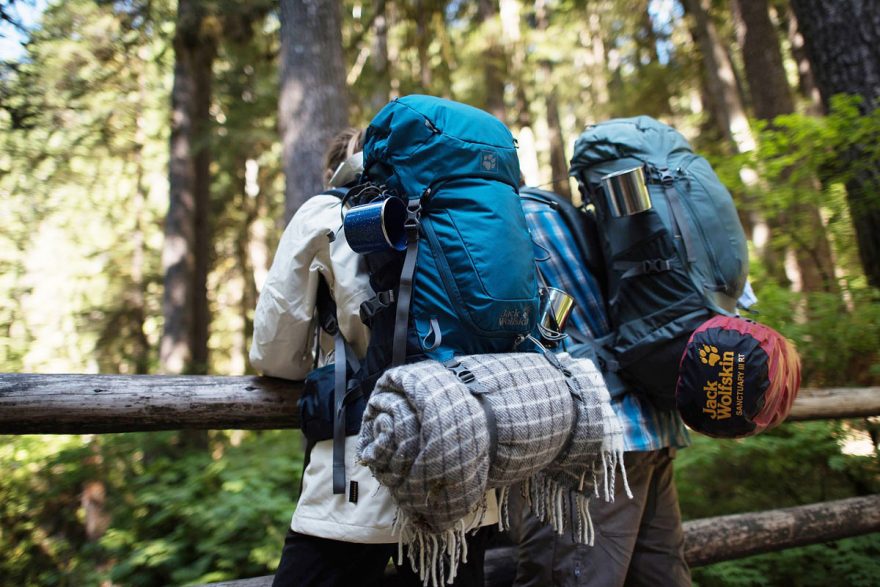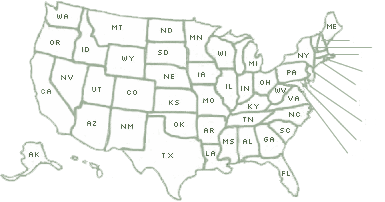
Space in your backpack isn’t the only consideration when packing food for the trail or camping. There are a variety of aspects you need to think through when it comes to storing your food.
Firstly, animals are everywhere. They’re big, like bears, and small, like mice and rats. Even if you think you’ve stored your food fairly well, animals will still almost certainly be able to sniff it out and get it if they really want.
It’s not just about looking after your food. Primarily, this is about protecting wildlife from becoming accustomed to searching for food where there are humans and from altering their natural diet. Many animals get killed because they become very used to human interaction and therefore cannot distinguish between a threat (hunter) or a happy camper.
Learning how to store your food correctly will also avoid leaks, crumbs, and squashed food at the bottom of your bag. Further, when space is limited, it becomes ever more important to learn how to maximize the room you’ve got.
Considering Animals
Before we get into the techniques you can use to maximize space and what sorts of foods to bring, we want to talk about looking after our wildlife. It goes without saying that preserving natural wildlife and habitats should be at the front of everyone’s mind.
Here are some easy, yet important guidelines to follow when it comes to your food:
- Don’t leave food inside your tent (animals may attempt to break in)
- Keep your food close to you to prevent smaller animals coming to snatch it
- If you have a car, keep your food cooled in there
- Keep all food as secure as possible
- Invest in animal-proof coolers and containers
- Hang your food from a height (tree branch/pole)
- Avoid throwing scraps on the ground
Packing Techniques
Moving on, let’s talk about ways to make the most of the room you have, as well ask protecting your gear. Furthermore, you can make alternative choices, such as choosing calorie-dense food rather than a high quantity of food.
Avoiding Leaks and Spillage
Invest in some zip lock freezer bags, both large and small. These are ideal for food items like rice, powders, dehydrated food, and seasonings like salt, pepper, and herbs. Additionally, take a look at buying travel-sized leak proof bottles for cooking oils and sauces. Finally, squeezable tubes are perfect for garnish like mayo and ketchup.
Planning
It won’t just be food that you will have in your backpack. That’s why it’s important to think through how you order your packed food. Will you pack it per day or per food type? This can largely depend on how many days you’re traveling and how you lay your food out in your bag.
Another one of the best methods is to pack your food by granularity, rather than day or time (i.e. morning, lunch, snack, and evening). This means, for example, that you pack all the grains, nuts, and powders together and put them at the bottom of your backpack. Next, you could pack all bars and dried fruit together. You get the idea.
Consider Double Bagging
For some items, it is worth double bagging to prevent any mishaps. Since there is a lot of other gear in your bag, the last thing you want is for something to pour out over it. Another reason for double bagging some food items is to mask the strong scent so that it doesn’t affect the taste of your other food and the smell of your clothes.
 Your Privacy Choices
Your Privacy Choices

